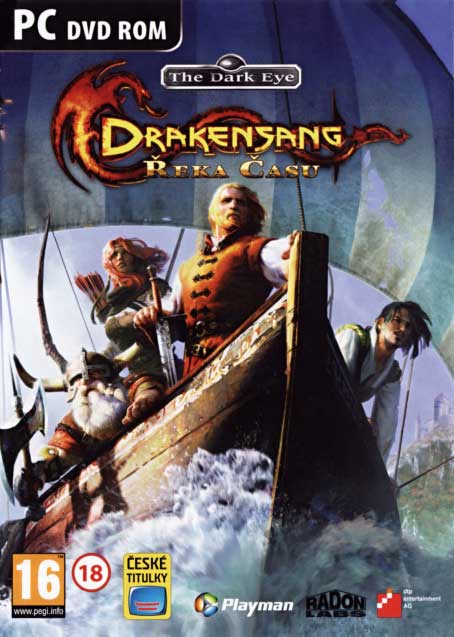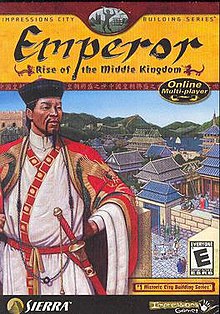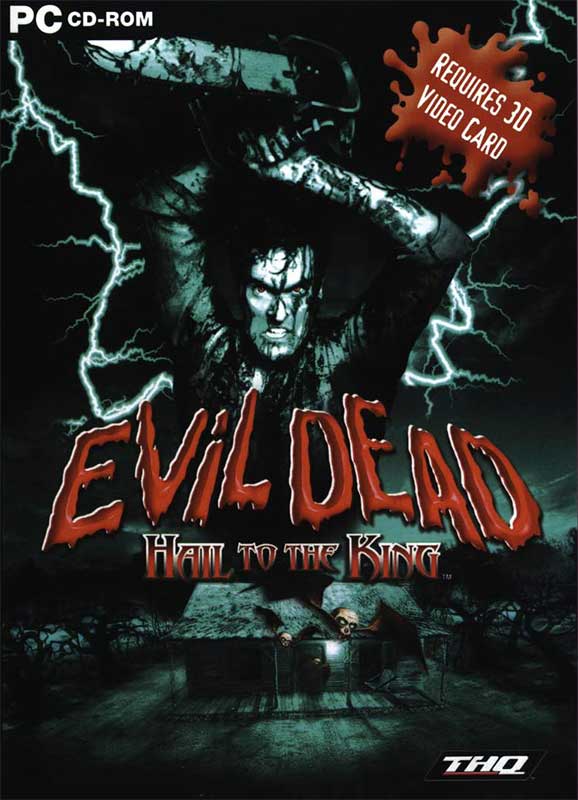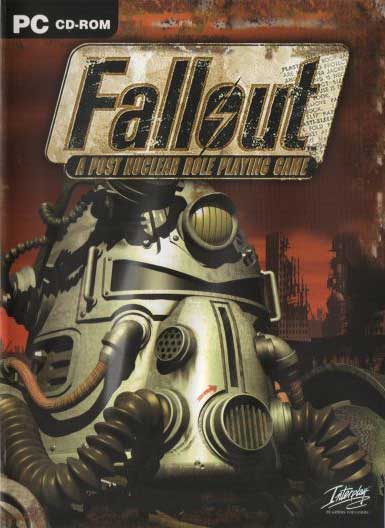Path of the Dragon is a first-person point-and-click adventure game, which employs an “empty” HUD; the player’s inventory is accessible through a button press, which also allows access to a list of objectives, details of all conversations, records of all documents seen and collected, and options for the player to save their game, quit their game, or load a previously saved game. As such, the entire screen depicts only direct gameplay.
The game uses a basic point-and-click interface to move the player around and manipulate the game world. Within each screen, the player is free to look around 360 degrees. As the player moves the cursor around the screen it can change into different styles depending on the situation; neutral cursor (no interaction is possible), an arrow (the player can move in the direction indicated), a mouth (the player can speak to the character over whom the option appears), an eye (an area or object can be examined in more detail), a magnifying glass (an object contains important information which needs closer examination), a hand (the player can take the object), a cog (the player must use an inventory item to initiate interaction with the object), a cog with a red line (the player is attempting to use the wrong inventory item to initiate interaction), a left-right horizontal arrow (the object can be moved left and right), an up-down vertical arrow (the object can be moved up and down), a circular arrow (the object can be rotated).
When the player clicks on a person to whom they wish to speak, a list of conversation topics appears on the screen. When the player picks up an item, it is automatically put into an auto-holder rather than the main inventory and must be transferred manually from the auto-holder to the inventory screen. This allows the player to sort the inventory in any way they wish. A major part of the gameplay is examining documents, which have a separate section in the inventory screen, presenting the player with numerous options. For example, the player can organize the documents in two ways; by title or by the order in which they were found. Players can also “flag” documents so as to relate them to particular clues, and can then examine all documents related to any one particular clue together, without having to navigate through non-related documents. The documents screen also includes a “compare” view for examining different copies of the same pictures to find differences between them, and all documents can be examined in more detail with a magnifying glass. The game also includes complete copies of the Bible and Bram Stoker’s Dracula, and each text has a “random page” option, which opens the book at a random passage. If done at certain times in the game, the random option can present clues to the player as to how to proceed (when this is the case, the “random page” option flashes).
The 2010 three-part abridged iOS version, which was also released for Windows as the Dracula Series, adds several new features to the game, such as an optional help feature (which highlights interactive zones on each screen), and a “quick inventory” (which allows the player to hold one item and access it without having to enter the inventory screen). This version of the game also removes several of the more difficult puzzles and is shorter than the main version of the game, with several cutscenes and plot points absent.















